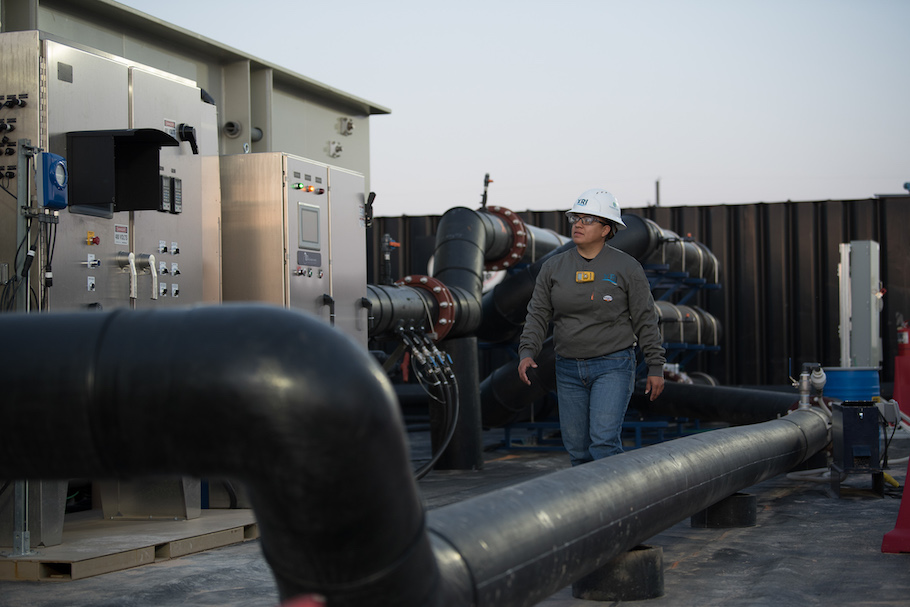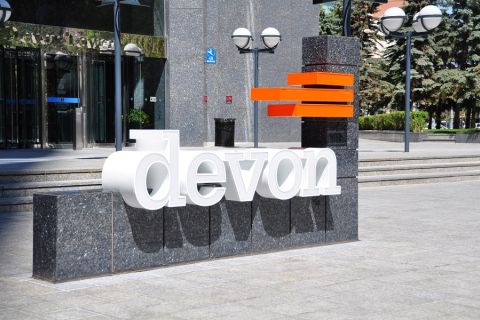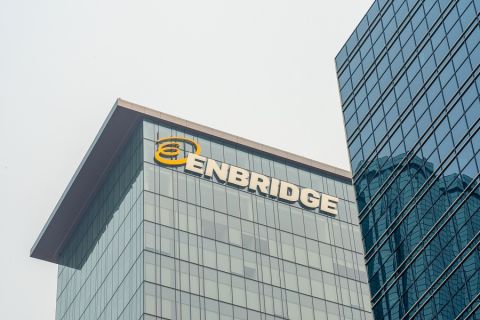Presented by:

Editor's note: This article appears in the E&P newsletter. Subscribe here.
The increasing scrutiny on induced seismicity and the desire to reduce groundwater consumption has led to increasing rates of produced water recycling in the Permian Basin among E&P operators. However, once an operator has completed its development and no longer has a need for recycled volumes, the end result is produced water injection.
Historically, operators have been hesitant to share their own produced water infrastructure with other operators due to liability and timing challenges, but with the development of third-party water midstream infrastructure, produced water can continue to be recycled in areas of completed developments and moved via large-diameter pipe to areas with upcoming completions.
XRI, a water midstream operator in the Permian, has more than 350 miles of permanent, large-diameter pipeline infrastructure and an aggregated system capacity to run approximately 1.25 MMbbl/d so as to provide full-cycle water solutions to its E&P customers and saving 180 MMbbl of produced water from being injected annually.
In Midland County, XRI’s system consists of more than 50 miles of large-diameter pipelines serving the most active operators in the county. The system has evolved from supplying non-potable brackish groundwater to incorporating produced water takeaway and recycled water supply to meet the growing request for produced water utilization in completions.


Midland County case study
Operator A inquired XRI about the availability of treated produced water for its completions in an area where it did not previously utilize produced water. Approximately 20 miles away on XRI’s pipeline system, Operator B independently inquired XRI about taking away excess produced water with its completions activities located out of the area. Operator A’s volume needs allowed 100% utilization of the excess water as well as water in Operator B’s system that would have been injected.
However, Operator A’s completion schedule was not aligned when Operator B’s peak occurred. XRI was then able to utilize an interconnect with Operator C's pit to store’s Operator B excess volumes until Operator A’s completion started.
Operator C's stored pit volumes were used to end the completion to allow Operator B's produced water volumes to be prepared for another completion in the same manner. Peak rates for this project were in excess of 100,000 bbl/d, and in total 3.3 MMbbl of produced water was recycled as opposed to injection.
Recommended Reading
Report: Devon Energy Targeting Bakken E&P Enerplus for Acquisition
2024-02-08 - The acquisition of Enerplus by Devon would more than double the company’s third-quarter 2023 Williston Basin production.
California Resources Corp., Aera Energy to Combine in $2.1B Merger
2024-02-07 - The announced combination between California Resources and Aera Energy comes one year after Exxon and Shell closed the sale of Aera to a German asset manager for $4 billion.
UAE's ADNOC Recently Eyed BP as Takeover Target, Sources say
2024-04-11 - The Emirati giant, Abu Dhabi National Oil Co., considered all options when looking at BP, including buying a big stake.
Dallas Fed Energy Survey: Permian Basin Breakeven Costs Moving Up
2024-03-28 - Breakeven costs in America’s hottest oil play continue to rise, but crude producers are still making money, according to the first-quarter Dallas Fed Energy Survey. The situation is more dire for natural gas producers.
Enbridge Closes First Utility Transaction with Dominion for $6.6B
2024-03-07 - Enbridge’s purchase of The East Ohio Gas Co. from Dominion is part of $14 billion in M&A the companies announced in September.




